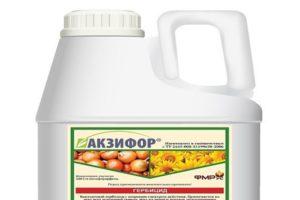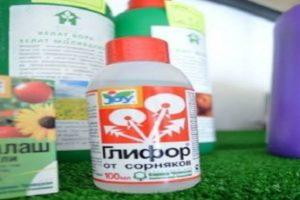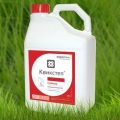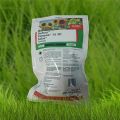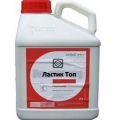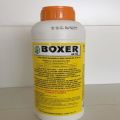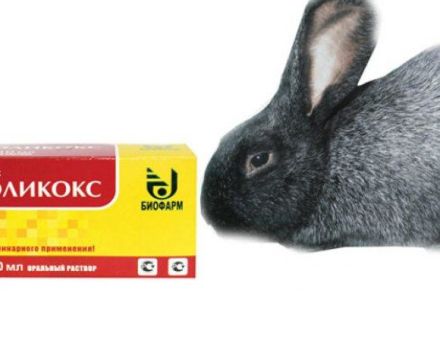Instructions for the use of Luger herbicide, mechanism of action and consumption rates
A highly effective two-component preparation is used for the destruction of weeds in areas occupied by cereals and corn. With the help of the herbicide, Luger quickly get rid of dicotyledonous annuals and perennials that are immune to dichlorophenoxyacetic acid and 2M-4X. The drug is highly toxic, therefore, safety rules must be observed when applying.
Content
- 1 Composition, form of release and purpose
- 2 The mechanism of action of the drug Luger
- 3 Impact speed
- 4 Protective period
- 5 Main positive and negative aspects
- 6 Working fluid consumption
- 7 Instructions for the preparation and use of the working solution
- 8 Precautions for use
- 9 Phytotoxicity
- 10 Possibility of emergence of resistance
- 11 Compatibility
- 12 Terms and conditions of storage of the drug
- 13 Similar means
Composition, form of release and purpose
The Luger herbicide is effective against a large list of dicotyledonous weed species; it is used in areas occupied by cereal crops and corn.
Active ingredients:
- 2,4-dichlorophenoxyacetic acid - 300 g / l;
- florasulam - 6 g / l.
The herbicide is sold in the form of a suspension emulsion in plastic 5-liter canisters. The product is packed in boxes of 4 cans each. Producer - Hungarian agrochemical company Peters and Burg.
The mechanism of action of the drug Luger
Florasulam inhibits amino acid synthesis by inhibiting the enzyme acetolactate synthase. Dichlorophenoxyacetic acid acts as an inhibitor of growth processes.
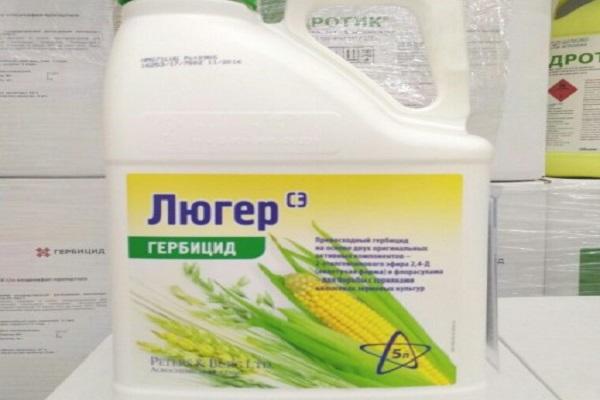
The Luger drug acts systemically: an hour after it hits the surface of the plant, it penetrates the tissues, blocks cell division both in the aboveground and in the root part.
Impact speed
Growth processes in plant tissues stop after a day. Visual symptoms of weed dying are noted after 3-4 days. Complete release of the site from weeds occurs after 2 weeks.
Protective period
The herbicide affects plants that are already germinated at the time of treatment. Crops remain free of weeds until the end of the growing season.

Main positive and negative aspects
The popularity of the Luger herbicide is due to its many advantages. Chemical:
- copes with a large list of dicotyledonous annuals and perennials, immune to other herbicide compositions;
- effectively destroys complex weed species - daisy, sow thistle, bedstraw;
- has a depressing effect even on overgrown weeds;
- gives a quick positive result;
- remains effective at low air temperatures and during dry periods;
- is not washed off by precipitation an hour after contact with the plant;
- can be used at different stages of weed formation - from tillering to the appearance of the second internode;
- has European quality.
Farmers do not notice any particular shortcomings. It should be noted only the high toxicity of the drug, the need to use protective equipment.
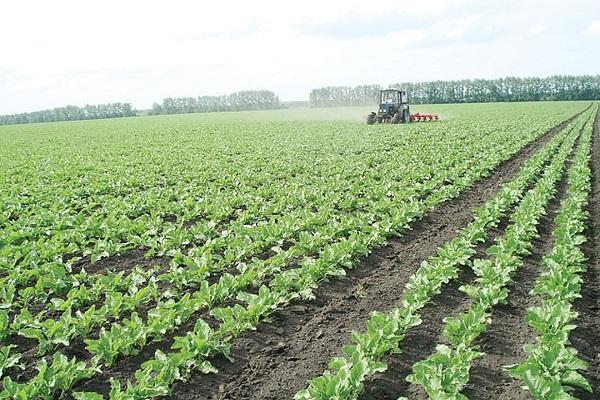
Working fluid consumption
The table shows the norms and terms of application of the Luger preparation for different types of cultivated plants.
| Cultural view | Weed species | Drug rate, l / ha | Application period |
| spring and winter cereals | dicotyledonous annuals and some perennials | 0,4 | tillering stage of the culture, the beginning of weed development (spring processing of winter cereals) |
| 0,6 | the stage of the appearance of 2 internodes on the cultivated plant, the initial development of weeds (if bedstraw prevails, and the weather did not allow processing earlier) | ||
| corn | dicotyledonous annuals and some perennials | 0,6 | 3-4 leaf stage of cultivated plant, beginning of weed development |
| 0,5 | stage of 5-6 leaves of a cultivated species (with a predominance of bedstraw, if the weather did not allow processing earlier) |
Waiting period - 60 days, frequency of use - 1. Consumption of working solution - 200-300 liters per hectare.
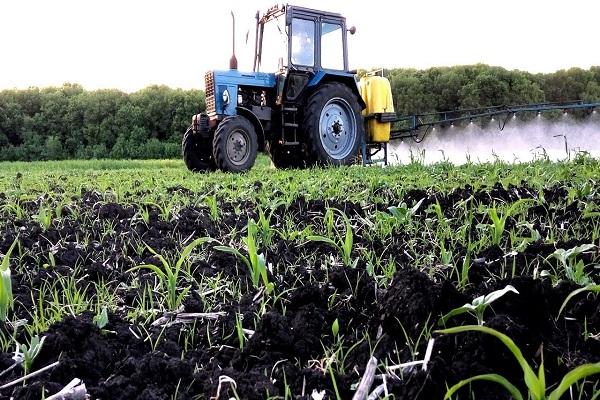
Instructions for the preparation and use of the working solution
The tank of the spray device is filled with water to a third of its volume. With the stirrer running, pour in a measured amount of the emulsion mother liquor. To prepare the mother liquor, a separate tank is filled with water by a quarter, the concentrate is poured in, water is added until the volume is filled with continuous stirring. After combining the mother liquor with water in the tank of the spraying device with the mixer running, add the remaining volume of water. This solution preparation scheme does not allow for the precipitation of the active substances of the herbicide.
The working fluid is prepared at an equipped filling site with a protective coating, located at a distance of more than 200 m from residential and livestock buildings, water sources, food warehouses, and cultivated areas. The solution made is used immediately.
After the work, the tanks where the mother liquor and working solutions were located are thoroughly washed using cleaning agents.
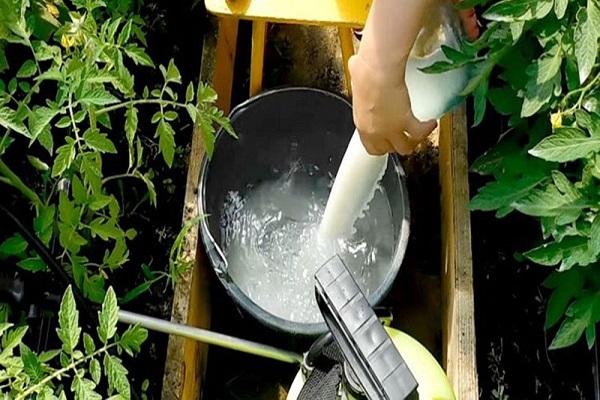
Luger herbicide is sprayed on crops in the spring at an air temperature of +5 ° C.
Precautions for use
Luger drug is included in the 2nd hazard class for humans (highly toxic substance), in the 3rd for bees (moderate toxicity).
Working with the herbicide is possible only when using personal protective equipment for the skin, visual and respiratory organs. The employee must wear a respirator, work goggles, rubber gloves, high shoes, tightly closed clothing. In case of poisoning with a chemical, you must immediately call an ambulance.
It is forbidden to use a highly toxic herbicide:
- on a personal plot;
- for aerial spraying;
- in the sanitary zone of a reservoir belonging to a fish farm.
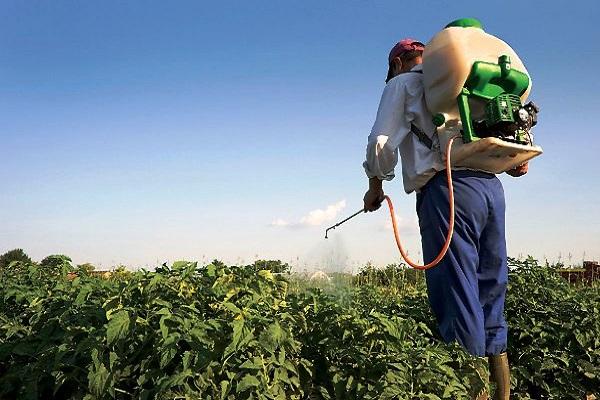
Carrying out mechanized work is allowed 3 days after processing the site.
Phytotoxicity
The Luger herbicide does not have a toxic effect on the sprayed crop plants if the instructions for use are followed. Cereals are not susceptible to the drug, only dicotyledonous herbs are sensitive.
Possibility of emergence of resistance
Due to the two-component, dual-action formulation, the likelihood of resistance is low.
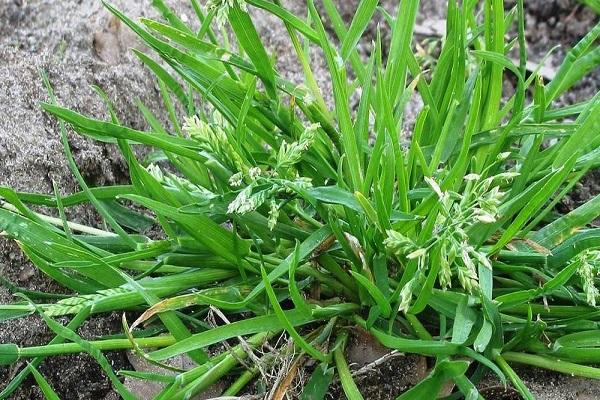
Compatibility
The Luger preparation is combined in tanks with herbicidal chemicals based on sulfonylurea, isoproturon, dicamba, carfentrazone-ethyl, with insecticides and fungicides.Luger should not be used in conjunction with chemicals including fenoxaprop-P-ethyl and clodinafop-propargyl, since the effect of the latter is weakened.
Before mixing the herbicide with any agrochemicals, check the ingredients for compatibility.
Terms and conditions of storage of the drug
Luger is stored in a warehouse equipped for chemicals in the hermetically sealed canister in which it was sold. Storage temperature - from -10 to +35 ° C. It is unacceptable to leave a chemical near food and feed products.
The shelf life of the herbicide is 3 years.

Similar means
There are many analogues of the Luger herbicide in terms of active substances:
- Florastar;
- Disulam;
- Oprichnik;
- Premiere;
- Camaro;
- Elant Extra.
The listed preparations are a two-component suspension emulsion, used to destroy a large list of dicotyledonous weeds in areas occupied by cereals and corn.

Like Luger, they are characterized by a quick action, destroy even chemically resistant and overgrown plants, do not have a negative impact on cultivated cereal vegetation.
